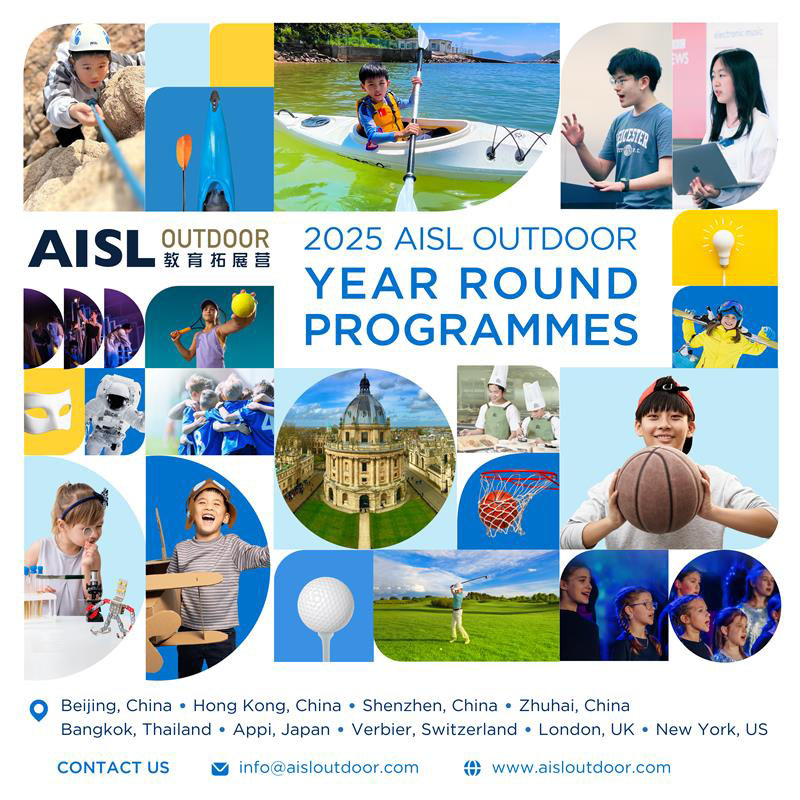In classrooms across Asia, able students—those demonstrating high levels of aptitude, critical thinking, or creativity—are often overlooked in the pursuit of supporting struggling learners. Associate Professor Jae Yup Jung, Director of the Gifted Education Research Centre (GERRIC) at the University of New South Wales, highlights that up to 50% of gifted students in Australia underperform academically, with many dropping out of school or university prematurely.
This underachievement is often exacerbated by a lack of dedicated policies and programmes, as well as a general unawareness and misunderstanding of giftedness. While specialised programmes like Singapore’s Gifted Education Programme (GEP) and the ASASIpintar at PERMATA@Pintar Universiti Kebangsaan Malaysia (UKM) provide valuable support, they cater to a select group and may not address the needs of gifted students in mixed-ability classrooms. To support these students effectively, educators can implement Differentiated Instruction (DI), a teaching approach that proactively modifies teaching methods, content, learning activities, and assessments to accommodate varied readiness levels, interests, and learning profiles. Strategies such as curriculum compacting, tiered assignments, and flexible grouping can help challenge gifted learners while ensuring all students remain engaged.
5 Approaches to Differentiated Instruction for Able Students
1. Pre-Assess and Group by Readiness
Why it matters: Able students often already understand grade-level content, so starting everyone at the same point can lead to boredom.
How to do it: Before introducing a new topic, use quick assessments like quizzes, KWL charts (Know, Want to know, Learned), or discussion prompts to gauge students’ understanding.
Practical example: In a science class beginning a unit on ecosystems, ask students to list components of an ecosystem and describe how they interact. Students demonstrating advanced understanding can be assigned to research and present on complex ecological relationships, such as keystone species or trophic cascades.
2. Design Tiered Assignments with Varying Complexity
Why it matters: Tiered assignments ensure that all students work on the same fundamental concepts but at levels of complexity appropriate to their readiness.
How to do it: Create assignments with multiple levels of difficulty, allowing students to engage with the material in a way that challenges them appropriately.
Practical example: In a mathematics lesson on fractions, all students solve problems involving fraction addition. For advanced learners, include problems that require applying fractions to real-world scenarios, such as adjusting recipes or calculating discounts during sales.
3. Incorporate Student Choice to Foster Engagement
Why it matters: Allowing students to make choices in their learning increases motivation and ownership of their educational experience.
How to do it: Provide options in assignments, such as choosing topics, formats, or partners for collaborative work.
Practical example: After a unit on persuasive writing, students can choose to write a letter to the principal advocating for a school change, create a poster promoting a cause, or develop a short video presenting their argument.
4. Adjust Pacing to Accommodate Advanced Learners
Why it matters: Able students often grasp concepts quickly and benefit from opportunities to delve deeper into subjects.
How to do it: Implement curriculum compacting by streamlining instruction for students who demonstrate mastery, allowing them to explore enrichment activities.
Practical example: In a history class, students who quickly understand the causes of a historical event can be tasked with researching its long-term impacts or comparing it to similar events in different contexts.
5. Tiered Questioning: Engaging All Learners Through Differentiated Inquiry
Why it matters: In mixed-ability classrooms, posing the same questions to all students can either overwhelm those who are still grasping foundational concepts or fail to challenge advanced learners. Tiered questioning addresses this by tailoring questions to different readiness levels, ensuring that each student is both supported and challenged appropriately. This strategy promotes critical thinking, keeps students engaged, and fosters a more inclusive learning environment.
How to do it: Begin by identifying the core learning objectives of your lesson. Then, design questions at varying levels of complexity aligned with these objectives. Utilise Bloom’s Taxonomy as a guide:
- Lower-order questions (Remembering, Understanding): Assess basic recall and comprehension.
- Middle-order questions (Applying, Analysing): Encourage students to apply knowledge and analyse information.
- Higher-order questions (Evaluating, Creating): Challenge students to evaluate concepts and create new ideas.
During discussions, direct questions to students based on their readiness levels, or allow students to choose questions they feel comfortable tackling. This approach can be applied in whole-class settings, small groups, or individual activities.
Practical example: In a middle school science class studying ecosystems:
- Lower-order question: “What are the components of an ecosystem?”
- Middle-order question: “How do changes in one part of an ecosystem affect other parts?”
- Higher-order question: “Design an experiment to test the impact of introducing a new species into an existing ecosystem.”
By implementing tiered questioning, you ensure that all students engage with the material at a level that is appropriate for them, promoting deeper understanding and critical thinking skills across the classroom.

Embracing Flexibility in Differentiated Instruction
It’s important to recognise that each classroom is unique, with a diverse mix of students, learning styles, and needs. Implementing Differentiated Instruction is not a one-size-fits-all approach; it requires ongoing experimentation, reflection, and adjustment. Educators are encouraged to start with one or two strategies, assess their effectiveness, and refine their approaches accordingly. By remaining flexible and responsive, teachers can create an inclusive learning environment that challenges and supports all students, particularly those who are able learners.
Curriculum resources and teaching guides to support differentiated instruction and challenge gifted learners that may interest you:
Get a special discount by quoting code AISLMALL during CHECKOUT.
3Education: StoryTellAR
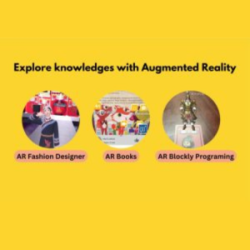
StoryTellAR is an online and remote platform designed specifically to connect offline materials seamlessly with interactive digital content, using Computer Vision (Augmented Reality). With a user-friendly user interface, curators can use their mobile phone to associate audio recordings, videos and other digital interactions such as audio, AR video plane and URL to any artworks. The corresponding digital content customized by their very own creators will pop up, making the book seamless, personalized and effective.
Cambridge University Press & Assessment
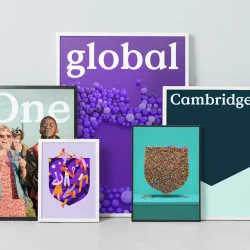
Cambridge University Press & Assessment is part of the University of Cambridge and share its mission ‘to contribute to society through the pursuit of education, learning and research at the highest international levels of excellence’. This connection gives us an unrivalled depth of experience in research, academic publishing, national education systems, international education and English language learning.
McGraw Hill Comprehensive Education Solutions
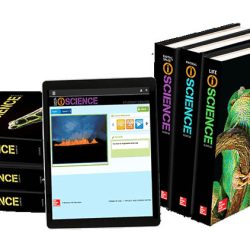
McGraw Hill offers a wide range of educational products and services across its PreK-12, Higher Education, and Professional divisions. This includes digital platforms, curriculum materials, assessment tools, and professional development resources to support teaching and learning in various subject areas and educational settings.
NovaAcademy: Ready-to-Go Curriculum Sets
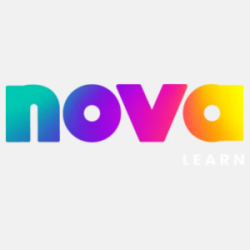
Novalearn Limited is an EdTech company transforming education by seamlessly integrating machine learning, studio-produced edutainment, and quality STEAM education aligned with international K-12 curricula. All the teaching resources you need for fun and enriching classes, created by the NovaLearn team of experienced educators and industry experts. Each curriculum set includes Project lesson plans, Engaging videos, Interactive activity sheets and Skill-building exercises
Pearson – Guided Curriculum & Toolkit
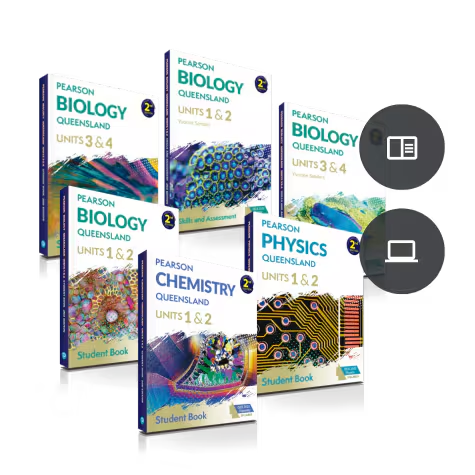
Pearson Asia is the leading global education company serving the diverse learning needs across the region. As the “world’s learning company”, Pearson offers a comprehensive suite of educational solutions – from courseware and assessments to teaching services and cutting-edge digital platforms.
Seesaw All-In-One Learning Experience Platform
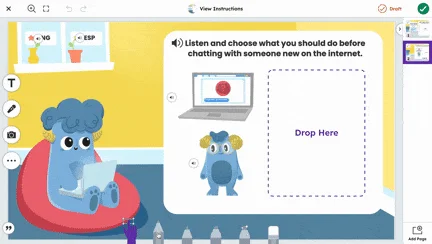
Seesaw is an all-in-one elementary learning experience platform that connects teachers, students, and families to enhance student engagement and support learning from PreK through 6th grade. By offering intuitive multimodal tools and fostering communication, Seesaw empowers educators and families to celebrate each child’s unique learning journey.





